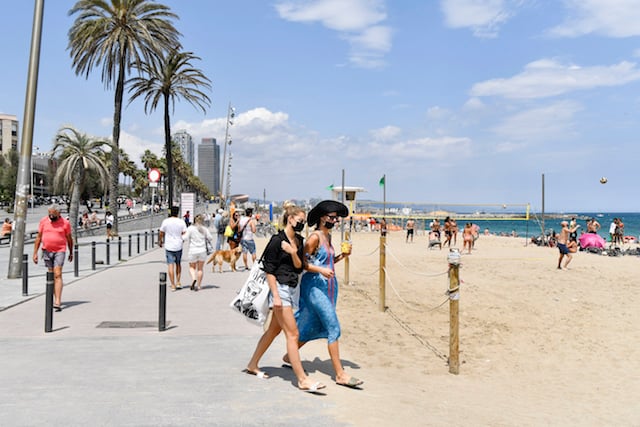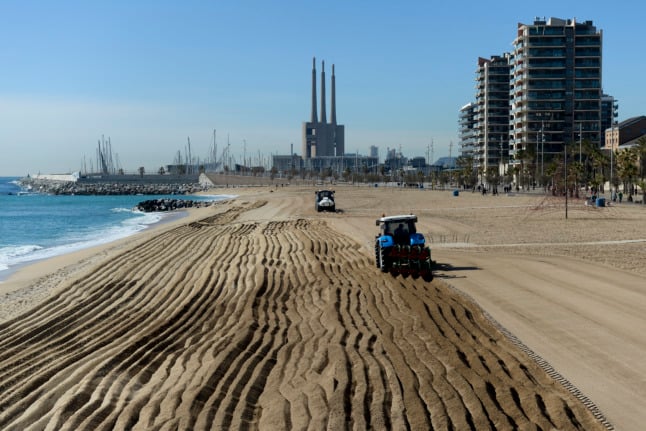In a statement, the court said other witnesses who will testify next week include Catalonia's former president Artur Mas and Spain's former deputy prime minister Soraya Saenz de Santamaria.
Inigo Urkullu, the president of the Basque Country who acted as a mediator during the crisis in October 2017, will also appear in court next week.
The announcement came as the 12 defendants continued to be questioned on Tuesday at Madrid's Supreme Court in a trial for rebellion and other offences that takes place under intense domestic and foreign scrutiny.
READ MORE Catalan separarists' trial: What you need to know
They are being tried for pushing an independence referendum in October 2017 in defiance of a court ban, and for a subsequent short-lived declaration of independence on October 27th.
That prompted Rajoy's government to sack the Catalan executive, dissolve the regional parliament, impose direct rule on the semi-autonomous region and call snap local elections.
Several days later, Catalonia's then leader Carles Puigdemont fled Spain for Belgium along with several other colleagues.
As such, the main defendant in the trial is Oriol Junqueras, Puigdemont's then deputy, as Spain does not judge people in absentia for major offences.
Accused of rebellion and misuse of public funds, Junqueras faces up to 25 years in jail.
On Tuesday, former regional government spokesman Jordi Turull took the stand, defending his acts and that of his colleagues.
“It's totally normally to try and do what you promised to citizens of Catalonia in a peaceful and democratic manner,” he told the seven judges at the Supreme Court.
The independence bid sparked Spain's deepest political crisis since the transition to democracy in the 1970s after the death of dictator Francisco Franco.
Independence supporters and the defendants' lawyers maintain they are on trial for their ideas and for political dissidence.
Prosecutors, though, insist the separatist leaders and activists are being tried for their actions and not for what they think.





 Please whitelist us to continue reading.
Please whitelist us to continue reading.
Member comments